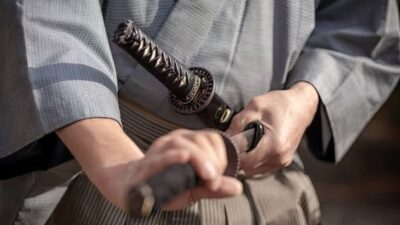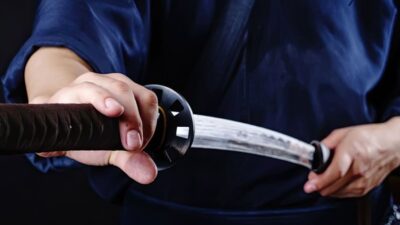Wakizashi vs Katana: Design, History, and Determining the Superior Sidearm

The wakizashi and katana are iconic swords once wielded by the legendary samurai of Japan. In the late Muromachi Period, the custom of wearing the daisho began, a sword pair consisting of a long (katana) and short (wakizashi) sword. The set sometimes included a third blade, the tanto.
As the most popular historical and contemporary kenjutsu (sword martial arts) blades with major historical significance, this article examines the differences and overall combat attributes between the katana and wakizashi along with determining which is the superior sidearm.
KEY TAKEAWAYS:
- The daisho set, consisting of the katana and wakizashi, symbolized the samurai’s honor and code.
- The longer katana can be wielded with two hands and is known for its versatility and practicality. Meanwhile, the shorter wakizashi is wielded with one hand and plays a role in seppuku and close quarters combat.
- Although the wakizashi offers unique advantages, in an open battle, the katana would be the superior blade as the wakizashi would be lacking in terms of range and defense.
Characteristics and Design Differences

The wakizashi and katana are samurai swords that were used in combat. They are both forged from tamahagane steel, a type of high-carbon steel traditionally folded by Japanese smiths using a tatara.
Blade
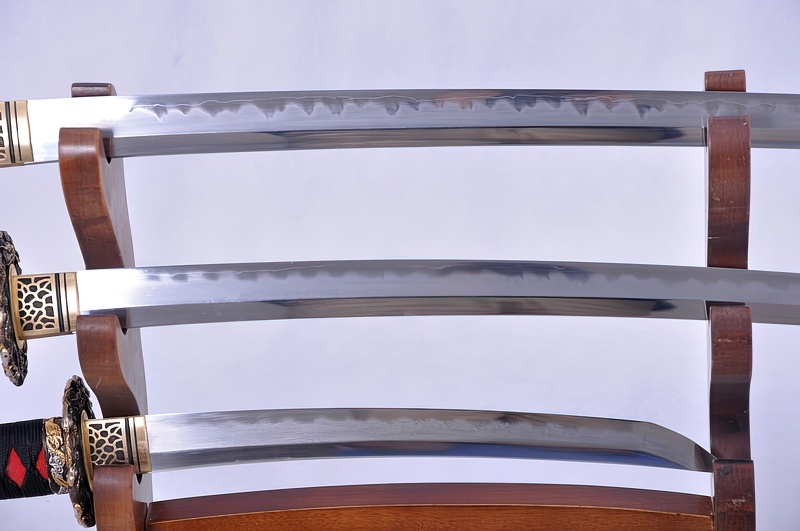
Both the katana and wakizashi have single-edged blades that feature a curve. Designed for cutting, they can come with different types of kissaki (blade tips) or zukuri (blade profile). Additional features such as bohi (grooves) help to decrease the sword’s overall weight and improve their point of balance. The iconic hamon (temper line) occurs as a result of the clay-tempering process.
The wakizashi has a significantly shorter blade length than that of the katana sword. The wakizashi has a blade length around 15 inches (38 cm) while the katana’s is traditionally about 29 inches (74 cm) blade.
Hilt
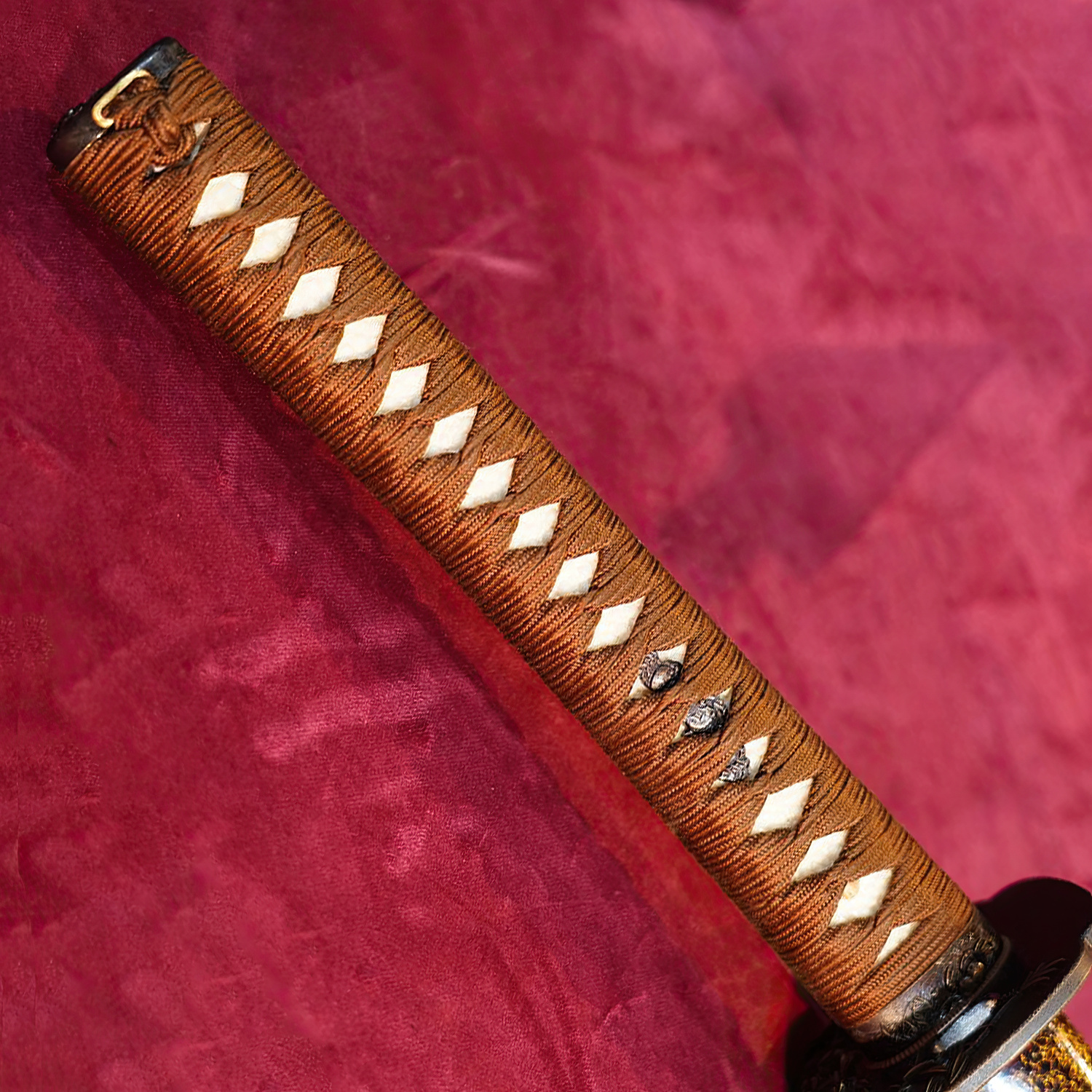
The tsuka plays a crucial role in allowing the swordsman to perform an array of various combat moves. The blade’s tang is secured within the hilt place with a mekugi (peg). Next, the tsuka is covered with rough samegawa (rayskin) held in place by a tsuka ito (handle wrap). Besides ensuring a sturdy handle, it also provides a firm and comfortable grip.
The katana and wakizashi’s handle have the following differences:
- Mekugi – Since the katana handle is longer, it can feature one to two mekugi while the wakizashi only has one.
- Tsuba – The tsuba (handguard) is similar in size if not bigger on the katana. While there are various shapes available, the commonest is the maru gata or circular-shaped guard.
- Tsuka Length – The katana can be wielded with two hands, making its hilt around the 10-inch (25 cm) mark. The traditional wakizashi has a 6-inch (15 cm) handle for a one-handed grip.
Size and Weight
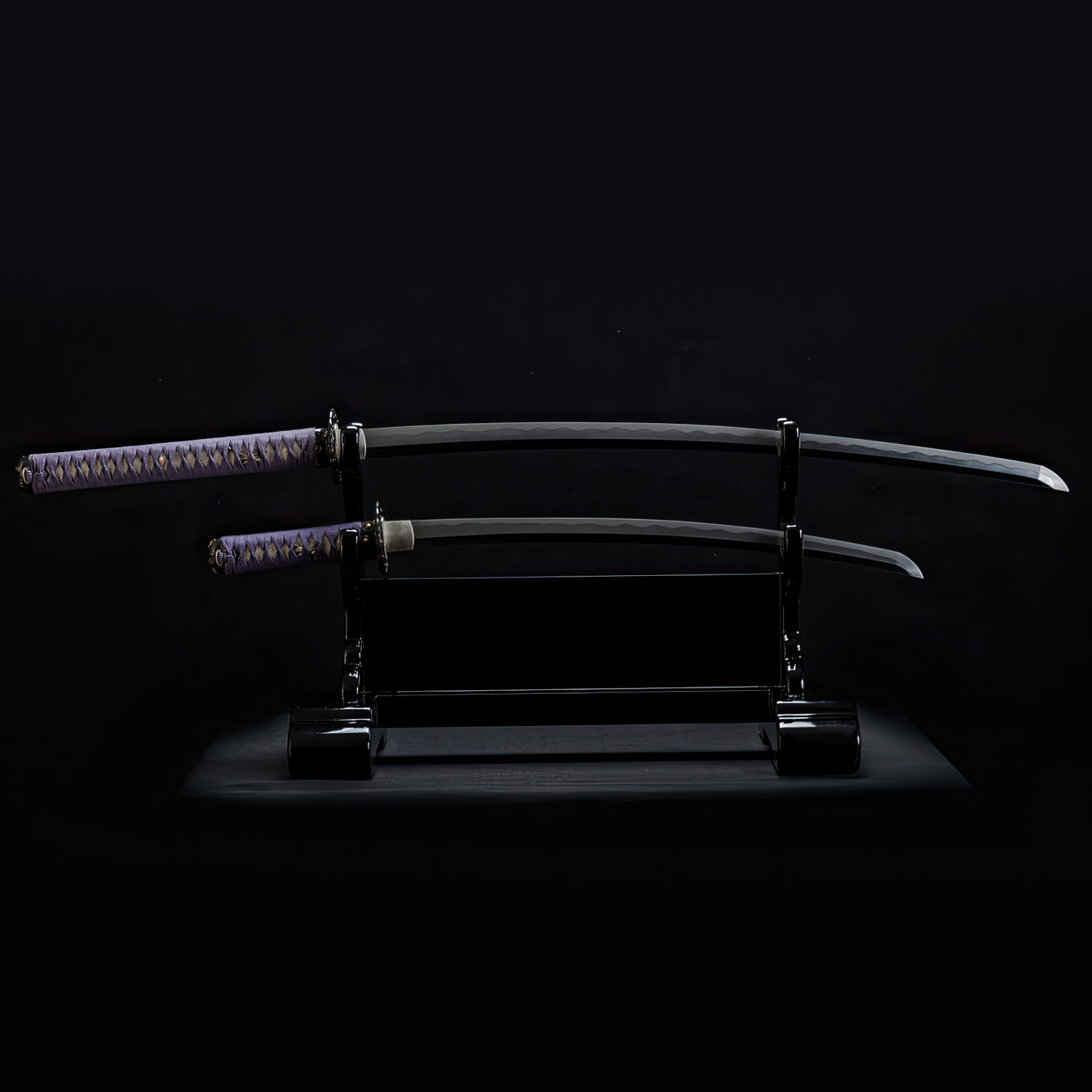
Warriors of feudal Japan measured their blades using shaku (measurement units of 11.9 inches – 30.3 cm). The Katana is a daito, a longer and bigger sword compared to the shorter and smaller wakizashi that serves as a backup weapon. In terms of size and weight, their differences are as follows:
| Sword | Blade Length | Average Sword Length | Average Sword Weight |
|---|---|---|---|
| Katana | More than 2 shaku | ~ 39 inches (99 cm) | ~ 2.42 lbs (1.1 kg) |
| Wakizashi | Between 1 to 2 shaku | ~ 21 inches (53 cm) | ~1.54 lbs (0.7 kg) |
Historical Significance

The katana and wakizashi were both companion swords of the Japanese samurai during the troubling Muromachi period (14th – 16th century). Worn together by a samurai warrior, the pair was referred to as daisho.
The Japanese katana evolved from the uchigatana, a blade carried with its edge faced up, allowing it to be easily unsheathed from its saya (scabbard). Meanwhile, the shorter wakizashi evolved from the ko–dachi, a shorter version of the tachi with a stronger curved blade.
Due to its practicality and versatility in overcoming many difficult situations, the katana became the samurai’s primary weapon. Used as a backup weapon or auxiliary sword, the wakizashi plays a crucial role in close quarters combat and as a tool for seppuku. In the tumultuous and warring Sengoku Jidai state, the wakizashi was also used to pierce through the gaps of armor in close-quarters combat.
Due to their rich history, the katana and wakizashi are the most popular nihonto today and remain as major training tools in Japanese martial arts including kenjutsu, iaido, kendo.
The Wakizashi and Katana in Battle (Combat Preference)
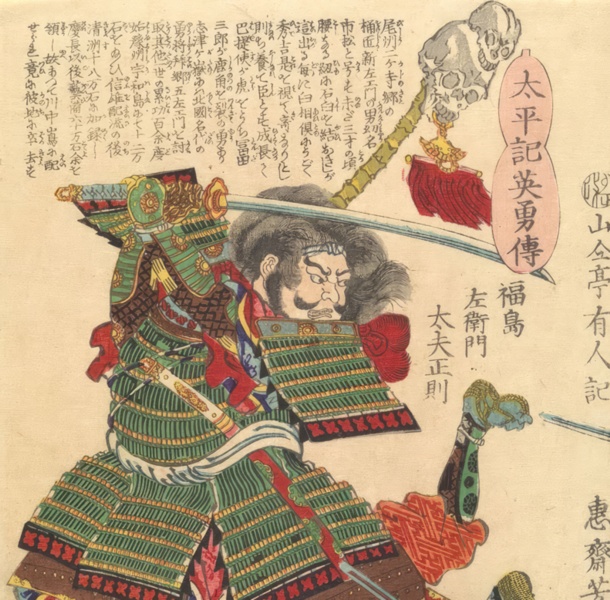
The wakizashi and katana were both companion swords. The katana was a secondary weapon to the primary one, such as a naginata polearm, a yari-spear, yumi bow, or even a late 15th-century Japanese firearm. Lacking in terms of offense and defense in large-scale battle formations, the katana was a reliable second that was highly versatile in almost any combat situation, be it on foot or horseback. Designed for cutting and slashing, its smaller size compared to larger weapons made it very useful in tight spaces.
However, when comparing the katana and wakizashi in battle, it would fall short where it excelled over a larger weapon. The wakizashi’s size meant that it was easier to unsheath and perfect in tight spaces. Its compact size offered accuracy, allowing it to find gaps in the armor with ease.
Unlike the katana, the wakizashi was allowed to be carried inside daimyo (clan leaders) forts, such as the one in Kyoto or Tokyo today, and was ideal when dealing with unarmored opponents. Since it is a one-handed sword, it gives the added advantage of having a free hand.
